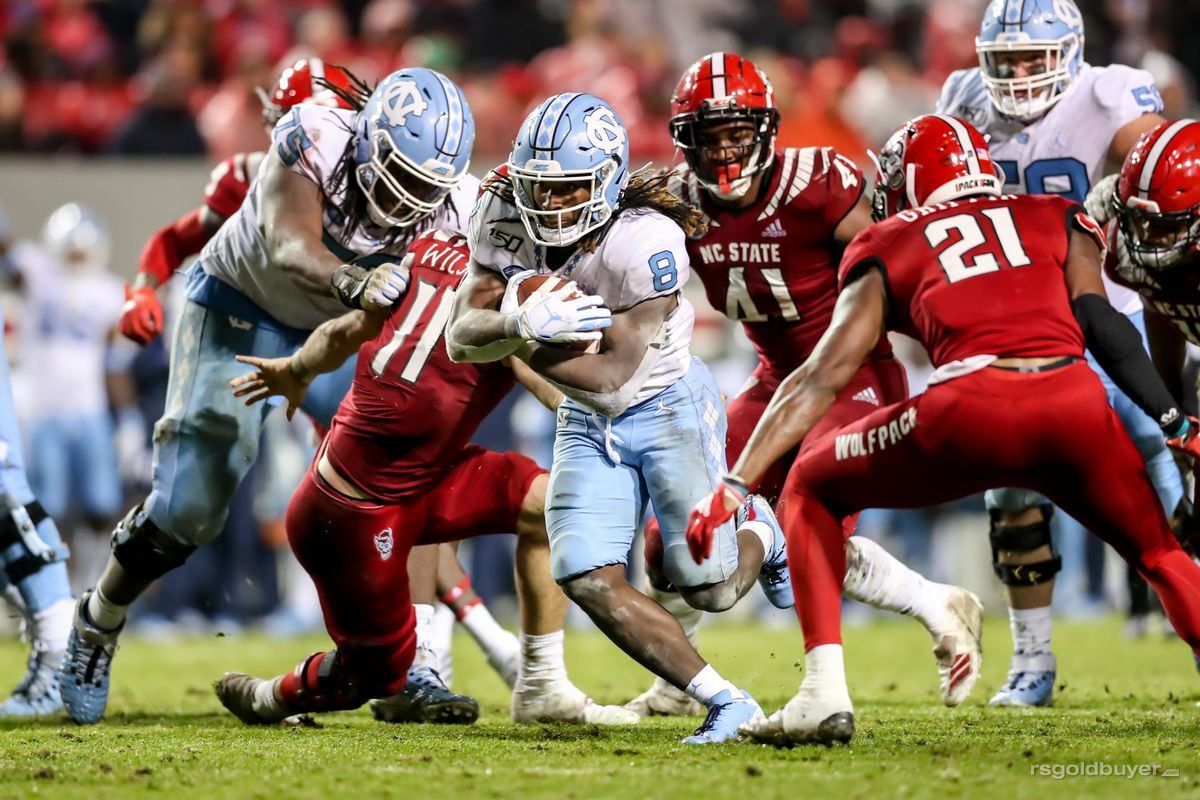College Football 25 Dynasty Beginner's Guide
The Dynasty mode in EA Sports College Football 25 is the heart of the game for many fans, offering an immersive experience where you can shape the future of a college football program. If you're new to Dynasty mode or looking to refine your strategy, this guide will provide you with the essential tips and strategies to build a successful dynasty from scratch.

Understanding Dynasty Mode
Dynasty mode allows you to take control of a college football program, managing everything from recruiting to game day decisions. Your goal is to lead your team to national prominence, balancing on-field success with off-field management. Here's a breakdown of what you'll be dealing with:
• Recruiting: Attracting and signing top high school talent to build a strong roster.
• Game Management: Making decisions on game strategy, playcalling, and adjustments.
• Program Management: Handling College Football 25 Coins finances, facilities, and staff to improve your program's overall success.
• Player Development: Developing players' skills and abilities through practice and training.
Getting Started: Choosing Your Team
When starting a Dynasty, the first decision is selecting the team you want to manage. Your choice will significantly impact your experience:
• Traditional Powerhouses: Teams like Alabama, Ohio State, and Clemson are established programs with strong rosters and high expectations. If you choose one of these teams, you'll be expected to compete for national championships from the start.
• Mid-Tier Programs: Schools with moderate success and decent rosters provide a good balance. These teams offer a challenging but achievable path to greatness.
• Small Programs: Choosing a lower-tier team or a program from a smaller conference can be rewarding but requires more work. Building from the ground up offers a true test of your management skills and patience.
Recruiting: The Key to Building Your Program
Recruiting is arguably the most critical aspect of Dynasty mode. Here's how to maximize your recruiting efforts:
• Scout Early and Often: Use scouting reports to identify top prospects. Pay attention to their attributes, potential, and fit for your system.
• Focus on Needs: Assess your team's weaknesses and prioritize recruiting players who can address these gaps. For example, if you're lacking in defensive linemen, make sure to target top recruits in that position.
• Build Relationships: Develop strong relationships with recruits through personalized messages and visits. Building rapport can help sway their decision in your favor.
• Utilize Recruiting Tools: Take advantage of the recruiting tools available in the game, such as recruiting pitches and prospect rankings, to stay ahead of the competition.
Managing Your Program
Effective program management involves overseeing various aspects of your team's development:
• Facilities and Upgrades: Invest in improving your facilities to enhance player development and attract top recruits. Upgrades to your training facilities, stadium, and academic support can boost your program's attractiveness.
• Staff and Coaching: Hire and retain quality coaches and staff. Their expertise can significantly impact player development and game performance. Focus on recruiting coaches with strong recruiting and development skills.
• Finances: Keep an eye on your program's budget. Efficiently manage your finances to ensure you have the resources for recruiting, facility upgrades, and staff salaries.
Game Day Strategy
Winning games is essential to building a successful dynasty. Here's how to excel on game day:
• Game Plan: Develop a solid game plan based on your team's strengths and your opponent's weaknesses. Adapt your strategy as the game progresses to exploit opportunities.
• In-Game Adjustments: Be prepared to make adjustments during the game. If your opponent is exploiting a specific weakness, tweak your strategy to counter their moves.
• Player Management: Make strategic decisions on player rotations and substitutions. Keeping your players fresh and managing their stamina can be crucial in close games.
Player Development
Developing your players is crucial for long-term success. Here's how to maximize player growth:
• Training: Regularly schedule and manage player training to improve their skills and attributes. Focus on developing players in areas where they need the most improvement.
• Redshirting: Consider redshirting talented freshmen to give them an extra year of development. This strategy can be particularly useful if you have a strong roster and don't need immediate contributions from new recruits.
• Position Changes: If a player isn't performing well in their current position, consider switching them to a different role that better suits their skills.
If you want to learn more about other College Football 25 game content, guides, walkthroughs, and the best website to buy CFB 25 Coins, you can visit MMOexp.com for more information.